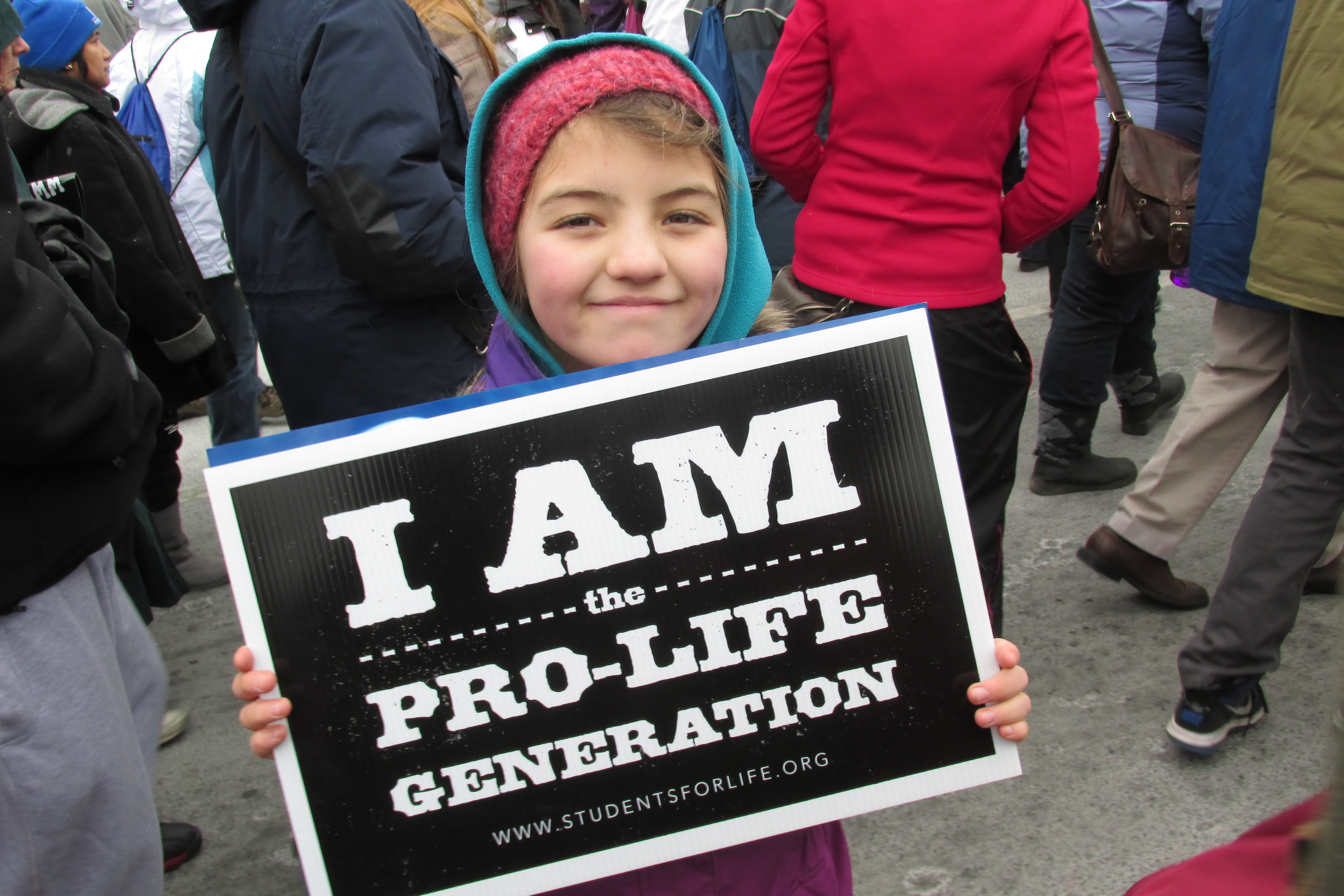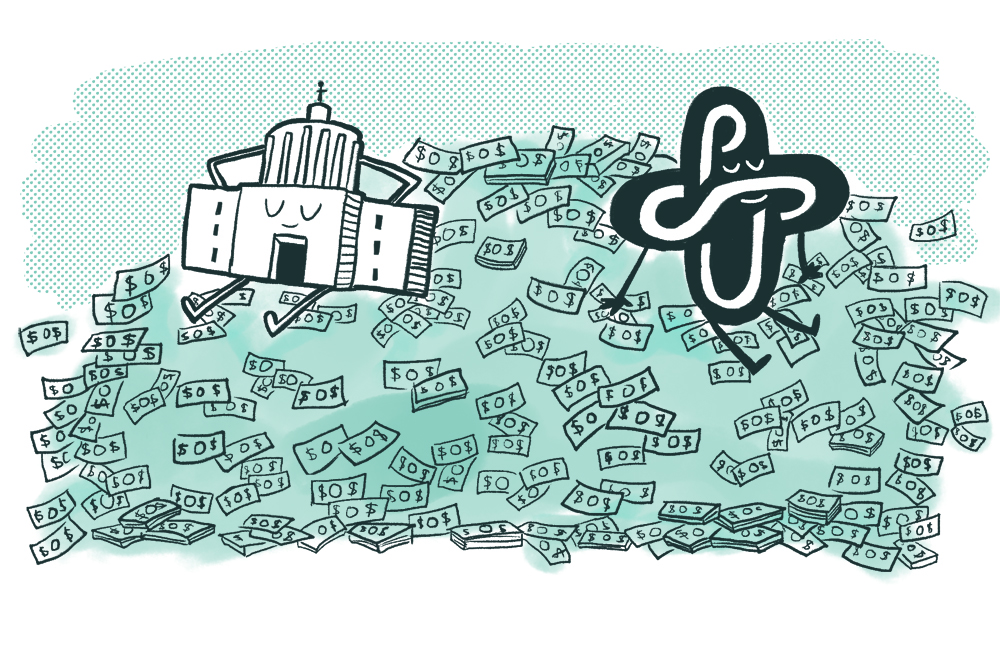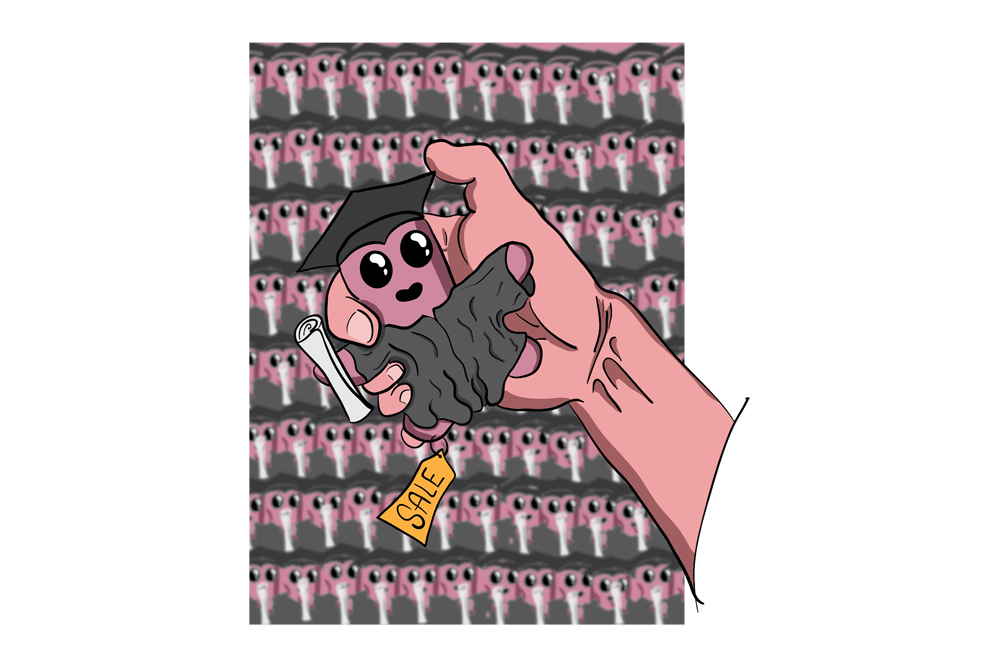In what could be considered one of the most polarizing issues in the history of the United States, the abortion debate still rages on in our country.
On the anniversary of the Roe v. Wade decision on January 22, thousands of people gathered in San Francisco and Washington D.C. to protest abortion and draw attention to the pro-life cause. While many may dismiss these marches as some fringe group of religious zealots, the demographics of these marches are fascinating considering the overall opinion of abortion in the United States.
The March for Life began in 1974 and has steadily grown in following years. Between 2003 and 2009, 250,000 pro-life supporters showed up each year in Washington D.C. to participate in the march and their numbers are only growing.
In 2011, the march attracted more than 400,000 pro-life supporters and in 2013, that number climbed to 650,000.
Enthusiasm for this event has also inspired other events, such as the Walk for Life West Coast, which began in 2005. The first walk in San Francisco was attended by 7,000 pro-life supporters and by 40,000 in 2011.
This year, the March for Life demonstrations in D.C. were greatly hindered by the extreme weather conditions on the east coast, but people still went out to show their support. When observing the participants at these demonstrations, it’s clear that the pro-life message is not only advocated by stuffy old white guys who want to regulate a woman’s body.
Rather, the message and movement seems to be spearheaded by enthusiastic young people, many of whom are women.
Looking at pictures of the crowds from this year and past years, demonstrations on the east and west coast are littered with young people holding signs espousing that “[they] are the pro-life generation.” According to one columnist who had the opportunity to interview people marching in D.C. this year, 36 percent of the people she interviewed were under 25 years old and 60 percent of them were women.
A survey conducted by Marist poll found that 76 percent of millennials support restricting abortion to the first three months of pregnancy, which is interesting when looking at the general attitude towards abortion in this country.
According to the Pew Research Center, nearly 50 percent of Americans consider abortion to be morally wrong, while only 15 percent of people consider it to be morally permissible. In regards to legality, the overall attitude hasn’t changed much in the past few decades with roughly 55 percent of Americans supporting legalization, while 40 percent think it should be illegal in all cases.
This is very revealing—it shows that in the minds of Americans there is difference between what’s moral and what’s legal.
However, despite this, there seems to be a good number of people, both pro-choice and pro-life, who support changing how abortions are performed in the United States.
In another study conducted by Marist Poll, 65 percent of respondents who identified as pro-choice supported legislation which would require parents to be notified before an underage girl received an abortion. 46 percent of pro-choice respondents also supported changing the laws to restrict abortion in certain situations and 49 percent opposed using tax dollars to fund abortions.
Only 16 percent of respondents in this survey said they believed women should have access to abortion anytime or during the first six months. The remaining 84 percent believed abortions should only be done in cases such as rape, incest or to save the life of the mother and only within the first three months of pregnancy.
This shows that while the pro-choice/pro-life dichotomy at times seems cut and dry, Americans’ feelings on the issue are much more complicated.
The discussion on abortion has ceased to be a simple religious issue and pro-life sentiments are growing among secular groups. The pro-life message is being repacked as a social justice message rather than a purely moral one. This message, as advocated by groups like Students for Life America, is one that seeks to recognize the dignity of the individual in contrast to a throw away culture which sees unborn children as an impediment or a sudden inconvenience.
It is a movement which sees the unborn child as a valuable moral patient which should be protected and not discarded. The language is changing and as more and more social justice movements claim to fight for the oppressed and the voiceless, it’s perfectly reasonable to see the pro-life movement in this light.
After all, how can we expect to have a culture that respects the rights and dignity of every person, if we have yet to extend such a privilege to the most vulnerable in our society?
With this in mind, I can safely assume that demonstrations like the March for Life and Walk for Life West Coast are here to stay, and I applaud those who went out and stood up for what they believe in, especially those in D.C. who went out despite the extreme weather conditions.






